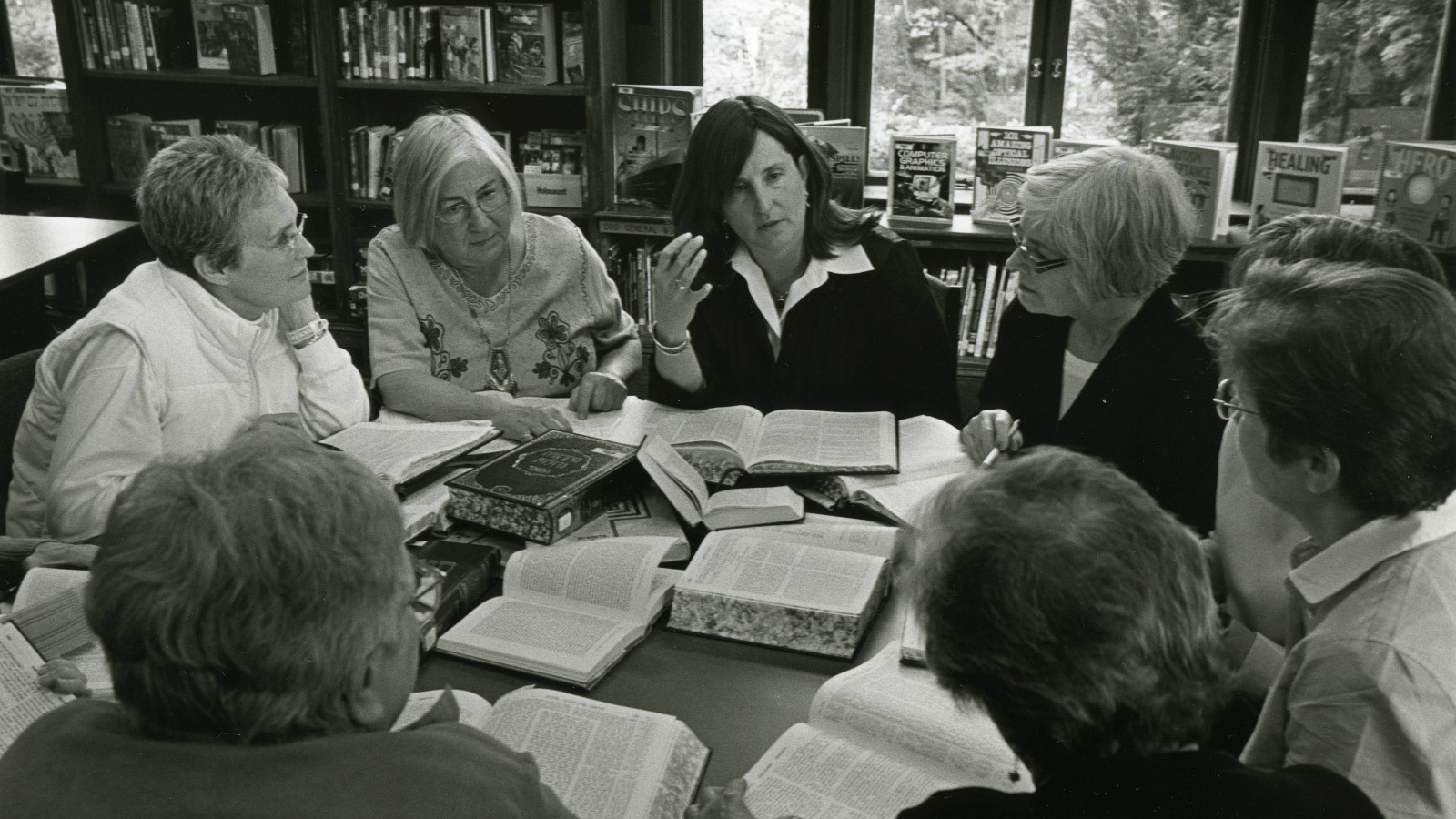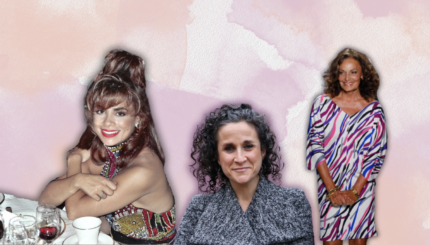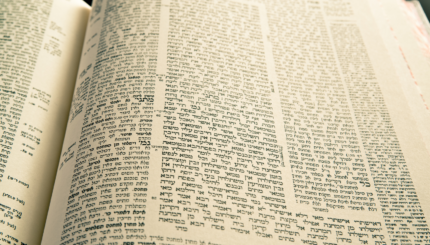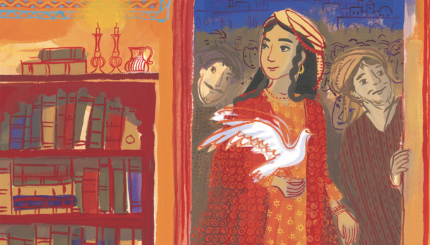In the last half century, Jewish feminism has had a profound impact on almost all aspects of Jewish communal life, raising fundamental questions about the effects of women’s historical marginalization and what it would mean to fully incorporate women’s perspectives into Jewish thought and practice.
If women and other disempowered groups have been excluded from shaping the central texts of Jewish tradition, feminist thinkers have asked, how can they hope to enter as equals into the processes of appropriating and teaching these texts today? How can Jewish texts be held accountable for the moral wrongs they have perpetrated and yet continue to be valued as sources of spiritual insight? To what extent can a tradition based on the notion of revelation at Sinai accommodate changes in the ethical sensibilities of its adherents? When excluded perspectives are brought to Jewish texts, what new understandings emerge?
Reimagining God Language
One area to which feminist theologians have devoted much attention is the overwhelming dominance of male imagery for God in the Torah and Jewish liturgy. Apart from the fact that Hebrew is a gendered language that consistently uses male pronouns for God, many central images of God are male as well. In the Bible, “he” is a man of war, a father, shepherd and king. The rabbis called him “king of all kings” and “father in heaven.” The traditional blessing formula evokes him as “Lord our God and king of the universe.”
Feminists have argued that the preponderance of male language about God underscores and magnifies a male-centered definition of humanity, making it difficult to see women as equally created in the image of God and justifying their second-class status. Such language is thus an integral part of the subordination of women in traditional Jewish life.
With your help, My Jewish Learning can provide endless opportunities for learning, connection and discovery.
As women have come to play a more equal role in the liberal Jewish movements, many new prayer books no longer use male language for God in English, generally substituting the words “God” or “You” for “He” and translating words like “King” and “Father” with more gender-neutral substitutes like “Sovereign” or “Parent.” While applauding these efforts, feminist thinkers have gone well beyond the shift to neutral language.
Early feminist liturgical experiments emphasized the necessity of using “God-She” as well as “He” as a sign of women’s full inclusion in the covenant community. But the idea that God-talk was malleable and could be expanded by new experiences rippled out in many directions. Feminists reclaimed the image of Shekhinah, the female indwelling presence of God in Jewish mysticism, and took it in new directions. Lynn Gottlieb’s She Who Dwells Within draws on traditional images of the Shekhinah but also borrows freely from Native and Ancient Near Eastern traditions to invoke a powerful sense of female deity. Gottlieb’s Shekhinah is “Birdwoman, Dragonlady, Queen of Heaven, Opener of the Way,” among many other names.
Marcia Falk’s full-scale revision of Jewish prayer in her Book of Blessings replaces the traditional blessing formula “Blessed are you, Lord our God, King of the Universe” with a variety of openings signaling God’s presence in the whole of creation. Her blessing over bread, for example, reads: “Let us bless the source of life (eyn hayyim) that brings forth bread from the earth.”
In the chapter on God in my book Standing Again at Sinai, I call for a wide range of images: from the abstract (God as “place”) to the natural (God as fountain, source, rock, light) to the personal (God as lover, friend, companion and co-creator).
Reimagining God’s Identity
In addition to experimenting with new language for God, feminists have also raised deeper questions about the nature of the God to whom they wish to pray. One of the important debates among Jewish feminist theologians is whether God is personal and, therefore, whether personal language for God is appropriate and necessary.
For Falk, it is not. She describes her experience of God as “an awareness, or a sensing, of the dynamic, alive, and unifying wholeness within creation,” and it is this she tries to capture in her liturgy. Some of her blessings dispense with the blessing formula altogether to create a completely immanent sense of divine presence. Thus, her blessing for washing hands is: “Washing the hands, we call to mind the holiness of body.”
My own work reflects different stances on this issue. In Standing Again at Sinai, where I focus on language, I favor as broad a field of images as possible. But in Goddess and God in the World, where I am more interested in developing a concept of God, I come down on the side of immanence, imagining God as the creative energy that underlies, animates and sustains all existence.
Rachel Adler, on the other hand, sees “the otherness of God [as] compellingly real and infinitely precious.” In Engendering Judaism, she argues that personal images for God are essential. Without a sense of God as distinct from self and community, there is no possibility of exchange, partnership or covenant.
Mara Benjamin and Joy Ladin take personal imagery in powerful new directions. Benjamin’s The Obligated Self uses the experience of parenthood — and in particular, maternal subjectivity — “to gain insight into what it means to be the God of the Hebrew Bible and the rabbinic imagination.” She suggests that the feelings of love and vulnerability, power and powerlessness, that are so much a part of parental experience can shed important light on the complicated and often problematic aspects of God in Jewish texts. Ladin, in The Soul of the Stranger, enlarges the feminist critique and transformation of God language, “drawing attention to ways in which God can be understood by analogy to transgender lives.” In wrestling with her own experiences of God as a transgender woman, Ladin emphasizes the intimate presence but also incomprehensibility of God as a fellow outsider to human roles and categories.
Impact of Feminist Theology
Even this small sampling of feminist understandings of God and God-language suggests the richness that can emerge from bringing a feminist lens to Jewish tradition. These insights from Jewish feminist theologians are part of what keeps Jewish tradition alive, evolving and expanding as it incorporates the voices of Jews previously silenced.



